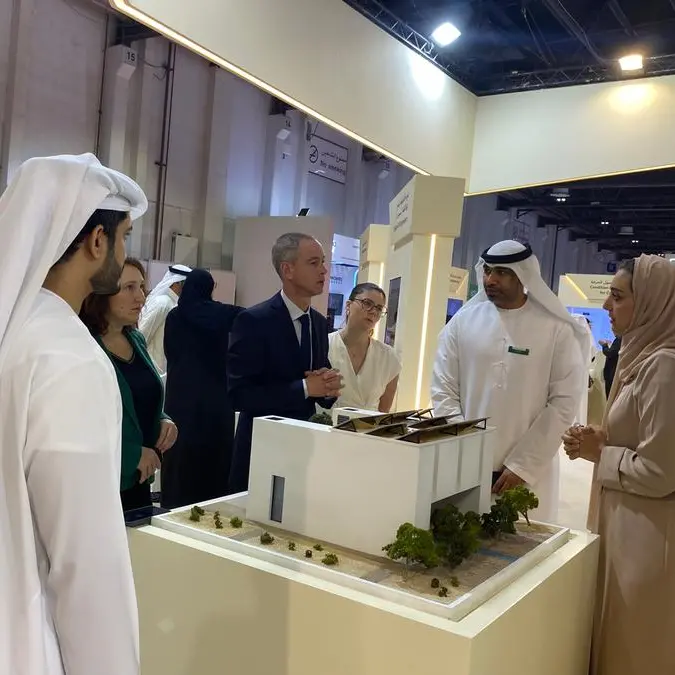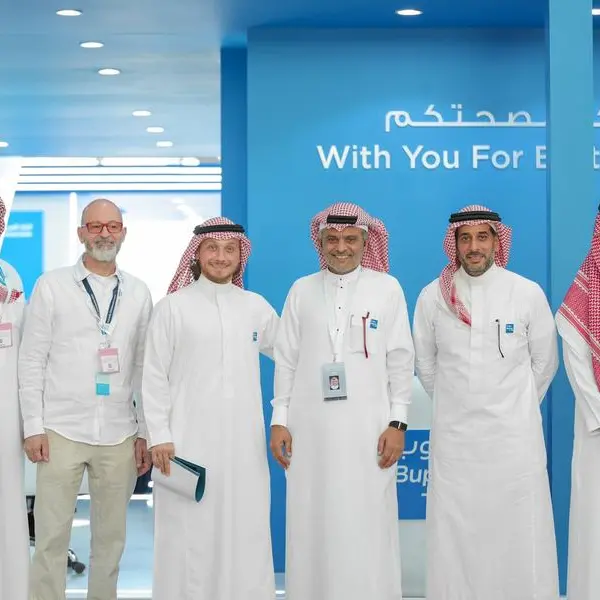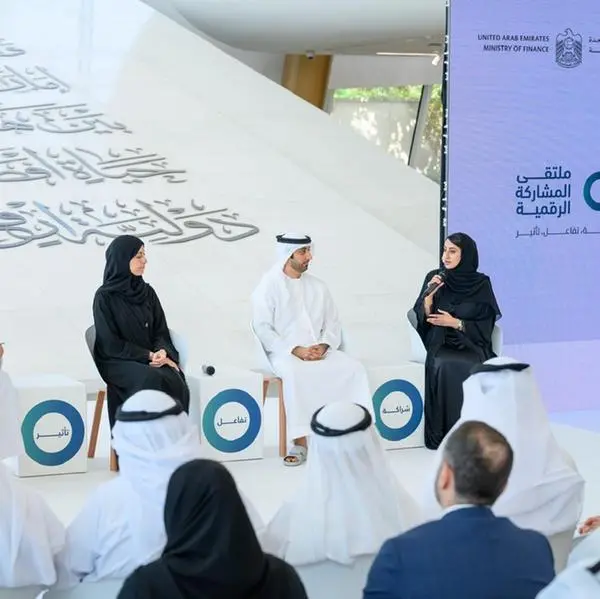Qatar Robotic Surgery Centre(QRSC) awarded 2 additional projects through the Qatar National Research Fund(QNRF)
QRSC research programme on surgical simulation, image-guided navigation and instrumentation delivering tangible results
DOHA, QATAR -26 May 2012: The Qatar Robotic Surgery Centre (QRSC) is moving forward with two new research projects on surgical simulation -with a variety of applications in cancer and brain surgery, interventional radiology and more -after being awarded at the Qatar National Research Fund Annual Forum earlier this month.
Worth nearly $2 million, the newly-awarded projects are part of a comprehensive research programme at QRSC that currently boasts six peer-reviewed publications, with 10 projects underway.
QRSC, a partnership between Qatar Science & Technology Park (QSTP) and Hamad Medical Corporation (HMC), aims to improve patient care through research and technology development in three interconnected areas: surgery simulation, image-guided navigation and advanced robotic instrumentation.
"QRSC's research and training activities are aimed at identifying and addressing unmet clinical needs, with the ultimate goal of improving the quality of healthcare in Qatar," commented Dr Abdulla Al-Ansari, Clinical Director of QRSC, who noted that the most important advantages of robotic surgery are patient related, as they benefit from less injury and pain, shorter recovery time, and less infection risk.
QRSC is already making progress in achieving this goal, only two years after beginning operations, through its high quality research output and publications.
Both of the projects recently awarded by QNRF will fall under the simulation research programme at QRSC. The first project will develop a robotic simulator with applications for prostate surgery, in a continuation of QRSC's current work on a pilot simulation prototype. Along with HMC, a chief collaborator in most research at QRSC, the American University of Beirut, University of North Carolina at Chapel Hill, Cleveland Clinic, and Mimic Technologies have partnered with QRSC on the project. The second project - a collaboration with University College London, Texas A&M University at Qatar and HMC - deals with blood flow simulation in brain aneurysms.
This brings the total number of QRSC projects awarded by QNRF to four, with two previous collaborative projects having been granted funding for research related to real-time computer-assisted navigation in minimally-invasive robotic surgery-a joint project with Simon Fraser University and University of British Columbia in Canada with applications for kidney cancer surgery -as well as a surgical tele-robot system integrated with a flexible imaging probe for hostile environments. The latter project is led by Qatar University with collaboration from QRSC and the University of Washington.
One of the 6 additional projects currently underway at QRSC is a joint endeavour with Imperial College London and Aspetar to develop simulation, navigation, and robotics technological solutions in orthopaedics related to injuries of high-performance athletes. Currently, industrial partners are also being sought for the project, which is in a stage of technical preparation.
Under the centre's research focus on navigation, QRSC is developing software tools related to 3D liver reconstruction from computed tomography data, which is designed to reduce uncertainty and improve accuracy during surgery. This is a joint effort with Geneva University Hospital and the OsiriX Foundation in Switzerland, along with HMC in Qatar.
"QRSC follows a collaborative approach in research and development," said Dr Al-Ansari, continuing, "We believe that by collaborating with national and international partners across academia, clinical practice and industry, QRSC will be able to deliver results of the highest quality while also promoting Qatar's work in the field both domestically and internationally."
In addition to those collaborators listed above, QRSC has worked with 18 institutions worldwide for its projects so far, including Weill Cornell Medical College, University of Salerno and University of Pittsburgh. Lord Ara Darzi of Imperial College London, one of the world's leading surgeons, serves as Chairman of the QRSC International Surgery Panel, which includes other top names in the field such as Prof Ashutosh Tewari from Weill Cornell Medical College, Prof Philippe Morel from Geneva University Hospital, and Prof Guang-Zhong Yang from Imperial College London, to name a few.
The centre's numerous peer-reviewed publications -which cover topics including robotic-assisted surgery, new evaluation metrics applied to robotic anastomosis and medical image analysis -are also the result of national and international collaboration.
In addition to cutting edge research in surgical technologies, the QRSC conducts a broad range of training programmes in minimally invasive surgery for surgeons and healthcare professionals. It also acts as a demonstration platform for advanced surgical technologies with state-of-the-art equipment, laparoscopic simulators and 3D tele-cast capabilities.
Through these activities, QRSC seeks to become a focal point for world-class expertise in surgical technologies, and transform Qatar into a hub for robotic surgery through an integrated approach with local stakeholders and international experts.
About Qatar Robotic Surgery Centre
Qatar Robotic Surgery Centre (QRSC) is an initiative of Qatar Science & Technology Park in partnership with Hamad Medical Corporation. QRSC is a research and training centre in robotic and minimally invasive surgical technologies. It develops and participates in surgical training, research and technology development to improve patient care. The Centre seeks to become a focal point for world-class expertise in surgical technologies; an integrated approach with local stakeholders and international experts aims to transform Qatar into a hub for robotic surgery.
For more information, please contact:
Julien Abi-Nahed, PhD
R&D Executive Qatar Robotic Surgery Centre
jabinahed@qstp.org.qa
Tel: +974 44547753
© Press Release 2012



















